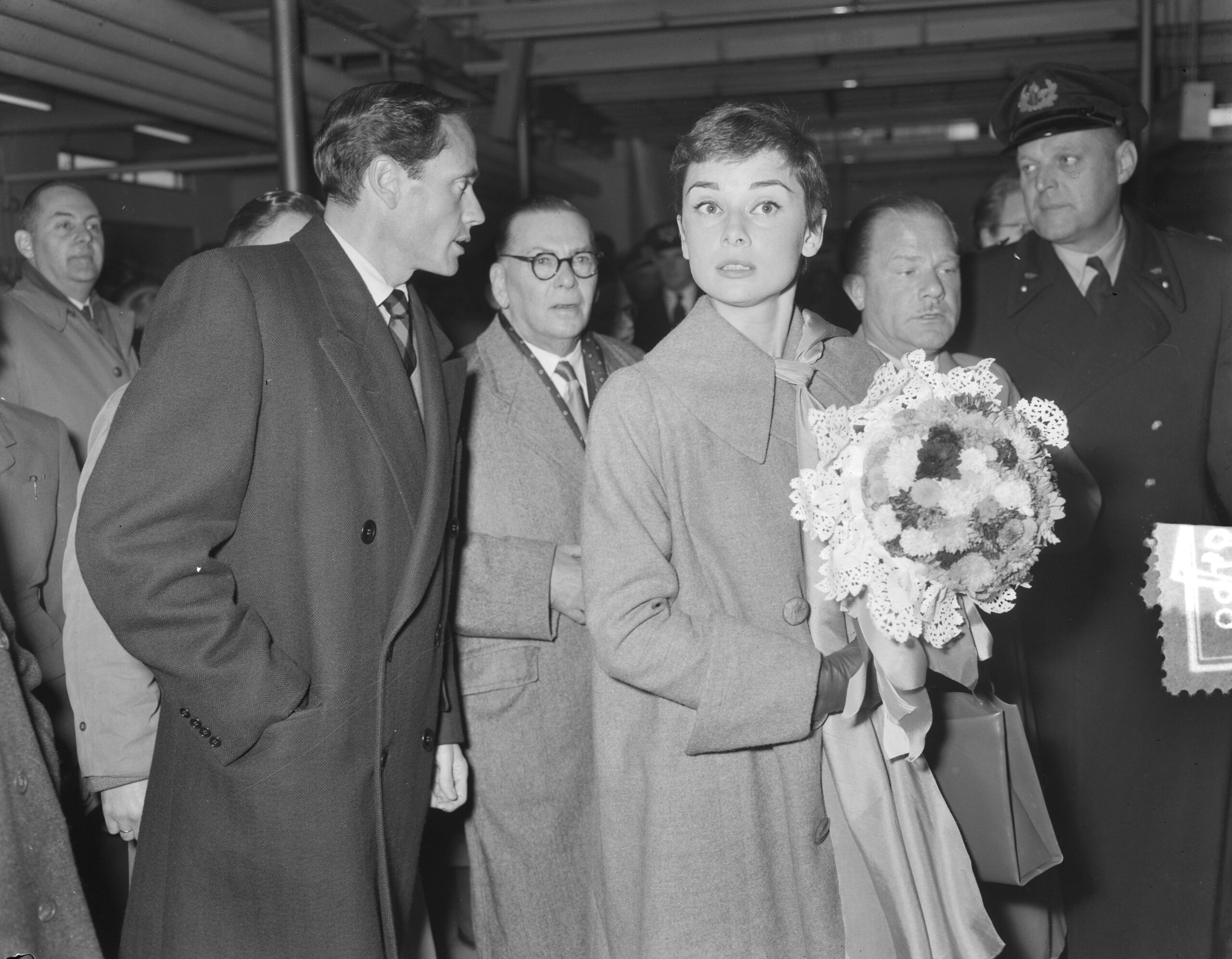
In the grand tapestry of fashion history, few figures shine as brightly and enduringly as Audrey Hepburn. Her name alone conjures images of effortless grace, unparalleled elegance, and a sophistication that transcended fleeting trends. When contemplating an icon of her stature, the mind often seeks a singular, tangible emblem—a signature garment, a particular accessory, or, as our quest suggests, a defining piece of jewelry—that encapsulates their entire aesthetic. Yet, for Hepburn, the truth is far more profound and infinitely richer than any solitary embellishment could convey. Her style was not merely an assemblage of exquisite clothes or dazzling jewels; it was an emanation of her very essence, forged through a life of aristocratic beginnings, wartime resilience, and an unwavering commitment to both art and humanity.
Indeed, to attempt to distill Audrey Hepburn’s inimitable allure down to a single piece of jewelry would be to miss the broader, more intricate narrative of a woman whose presence alone was her most magnificent adornment. Her elegance was an intrinsic quality, born from a unique blend of heritage, discipline, and profound life experiences that, when woven together, created a style that captivated the world and continues to inspire generations. Her innate poise, the quiet strength behind her luminous gaze, and the distinctive silhouettes she embodied on screen all contributed to a persona that remains unparalleled.
In this immersive exploration, we embark on a journey not to locate a single jewel, but to uncover the multifaceted elements that truly defined Audrey Hepburn’s iconic style. We will delve into the formative influences of her early life, the rigorous training that shaped her physical grace, the compelling narrative of her survival during one of history’s darkest periods, and the pivotal roles that first introduced her unique brand of sophisticated charm to global audiences. Each facet, though seemingly disparate, contributed inextricably to the luminous legend that is Audrey Hepburn.
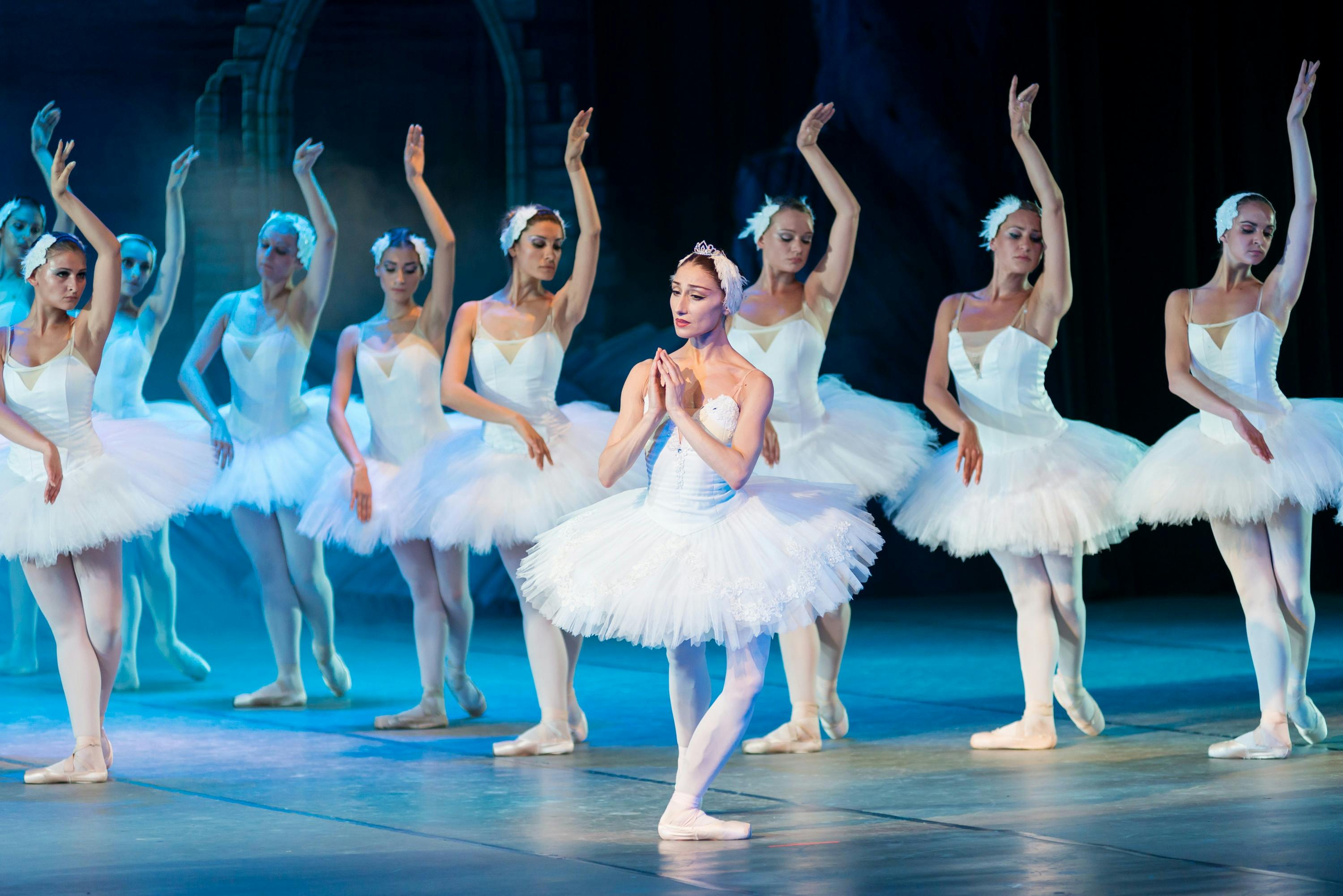
1. **Her Balletic Grace and Poise – A Foundation of Elegance**The foundation of Audrey Hepburn’s iconic elegance can be traced back to her earliest years and her profound dedication to ballet. Born into an aristocratic family in Ixelles, Brussels, Hepburn spent significant parts of her childhood in Belgium, the United Kingdom, and the Netherlands. It was during these formative years, particularly at the Arnhem Conservatory from 1939 to 1945, that she immersed herself in rigorous ballet training under the tutelage of figures like Winja Marova, who recognized her as a “star pupil.” This demanding discipline instilled in her a unique physical grace, a natural poise, and an exquisite understanding of movement that would become hallmark features of her enduring style.
Even after being told by Marie Rambert that, despite her talent, her height and a weakened constitution—a lingering effect of wartime malnutrition—would prevent her from achieving the status of a prima ballerina, Hepburn’s commitment to dance was not in vain. The years spent honing her balletic skills profoundly shaped her posture, her ethereal walk, and the way she carried herself with an almost regal dignity. This inherent grace translated seamlessly into her acting career, lending an effortless sophistication to every character she portrayed, whether a runaway princess or a vivacious socialite. It was a silent language of elegance, speaking volumes through her gestures and bearing.
Her ballet background was not just a historical footnote; it was a fundamental pillar of her aesthetic. It imbued her with a natural refinement that could not be manufactured, a quiet strength that underpinned her delicate appearance. From her early performances as a chorus girl in West End musical theatre productions like *High Button Shoes* and *Sauce Tartare* to performing all her own dancing sequences as a prodigious ballerina in *Secret People*, her dance training was always present. It allowed her to embody elegance not just in her attire, but in the very way she moved through the world, making her a truly captivating presence.
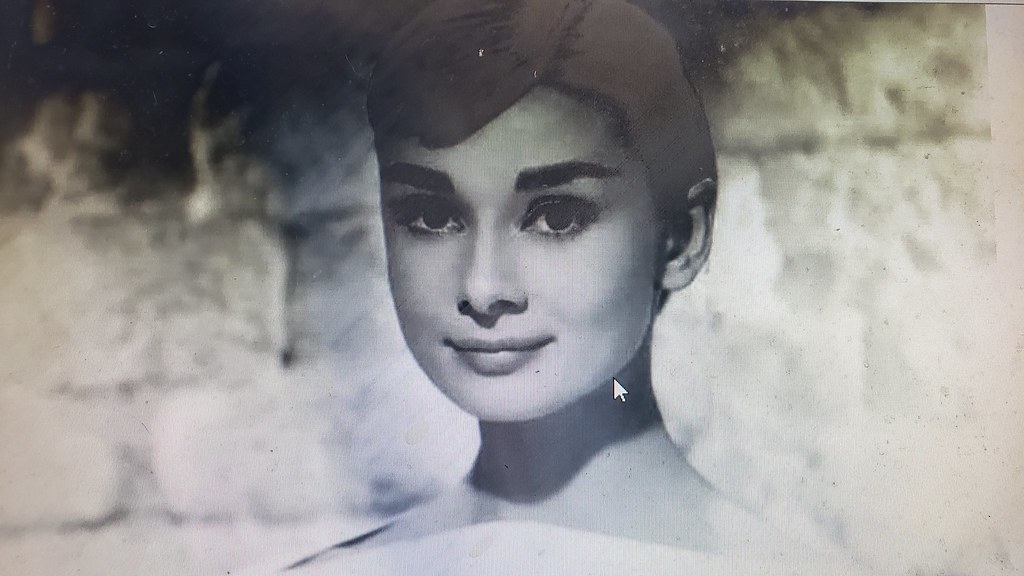
2. **A Tapestry of Cultures – The Multinational Roots of Her Sophistication**Audrey Hepburn’s distinctive sophistication was deeply rooted in her multinational background, a rich tapestry of European cultures that contributed to her worldly charm and refined sensibility. Born Audrey Kathleen Ruston, her early life was marked by constant travel between Belgium, the United Kingdom, and the Netherlands, thanks to her father Joseph Ruston’s work for a loan company and a trading company. This nomadic, privileged upbringing exposed her to diverse environments and social norms, fostering a natural adaptability and an air of quiet globalism.
Her family lineage further cemented this international foundation. Her mother, Baroness Ella van Heemstra, was a Dutch noblewoman, daughter of Baron Aarnoud van Heemstra, who served as mayor of Arnhem and governor of Dutch Guiana. Her father, a British subject born in Austria-Hungary, also had British and German-Austrian roots. This complex heritage not only made her fluent in multiple languages—alongside her native English and Dutch, she had some fluency in French, German, Italian, and Spanish—but also cultivated a nuanced understanding of different social strata and artistic expressions, enriching her personal style with an understated cosmopolitan flair.
This blend of cultures contributed significantly to her unique persona, setting her apart from many of her Hollywood contemporaries. Her elegant deportment and natural ease in various international settings were not affectations but inherent qualities born of her diverse upbringing. It was this authentic, rather than acquired, sophistication that resonated with audiences worldwide, allowing her to embody a timeless grace that transcended geographical boundaries and made her a truly international icon, capable of captivating both European aristocracy and American audiences alike with her singular charm.
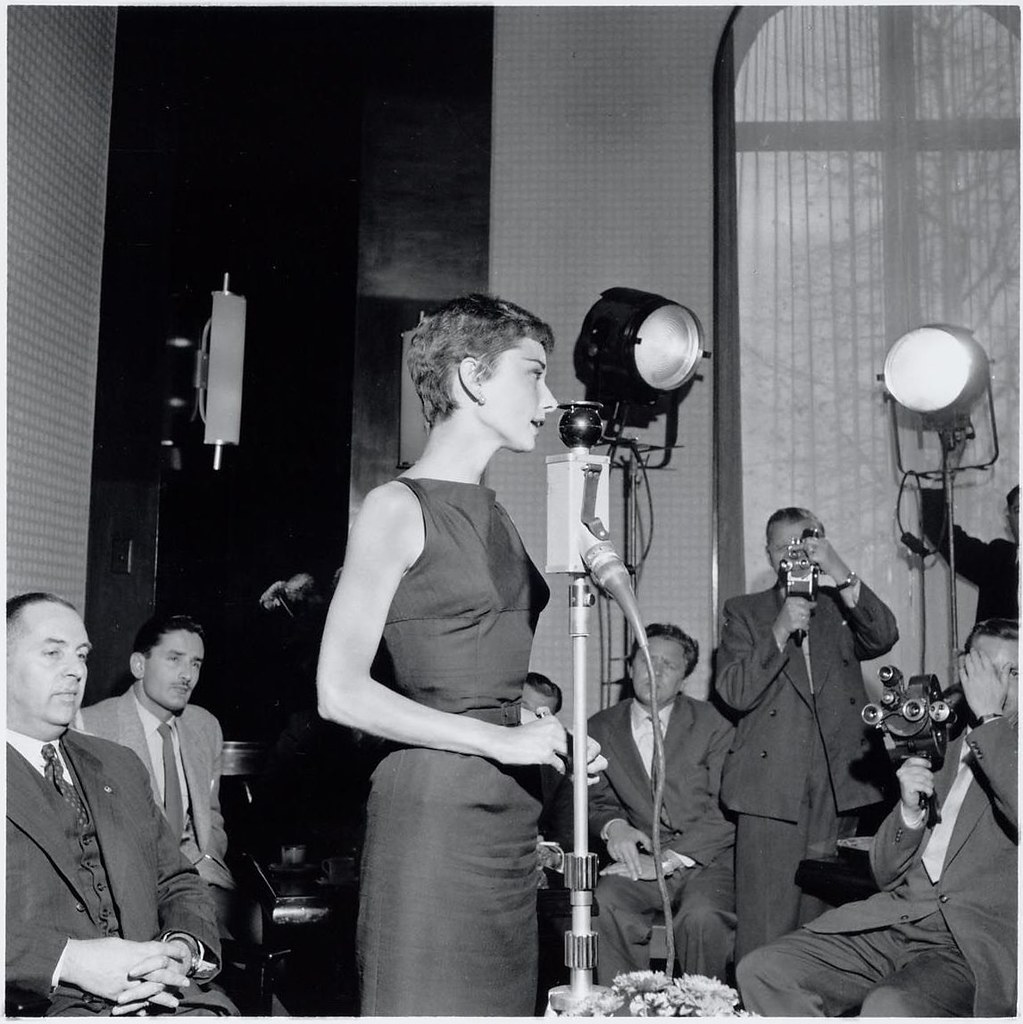
3. **Wartime Resilience – The Unseen Strength Behind the Glamour**Beneath Audrey Hepburn’s delicate exterior and cinematic glamour lay an incredible inner strength, forged during the harrowing years of World War II. Her experiences in the German-occupied Netherlands were profoundly traumatic and contributed a depth and resilience to her character that would forever influence her public persona and, by extension, her style. Her mother moved her back to Arnhem in 1939, hoping the Netherlands would remain neutral, a hope soon shattered by the German invasion in 1940. During the occupation, Hepburn used the name Edda van Heemstra, as an “English-sounding” name was considered dangerous.
The war left an indelible mark on Hepburn and her family. Her uncle was executed in retaliation for a resistance act, her half-brother Ian was deported to a German labour camp, and her other half-brother Alex went into hiding. Hepburn herself witnessed unspeakable atrocities, stating, “We saw young men put against the wall and shot… I was at the station seeing trainloads of Jews being transported, seeing all these faces over the top of the wagon.” These experiences instilled a profound empathy and a quiet determination that added a powerful, often unseen, dimension to her public image. Her reported support for the Dutch resistance through “underground concerts,” delivering newspapers, and taking messages, further underscores her courage.
Living conditions deteriorated drastically during the 1944–45 Dutch famine, leading her family to make flour from tulip bulbs to survive. Hepburn suffered gravely from malnutrition, contracting jaundice, anaemia, oedema, and a respiratory infection, her life saved by penicillin purchased with black-market cigarettes sent by a former lover of her mother. This period of extreme hardship, far from diminishing her, instilled a deep appreciation for life and a strong sense of purpose that would later manifest in her humanitarian work. It added a layer of profound humanity to her iconic image, demonstrating that true elegance is often found in strength and compassion, not just outward beauty. This unseen resilience became an intrinsic part of her allure, a testament to her profound character.
Read more about: Gone But Never Forgotten: A Heartfelt Tribute to 11 American Icons Whose Lives Ended Too Soon
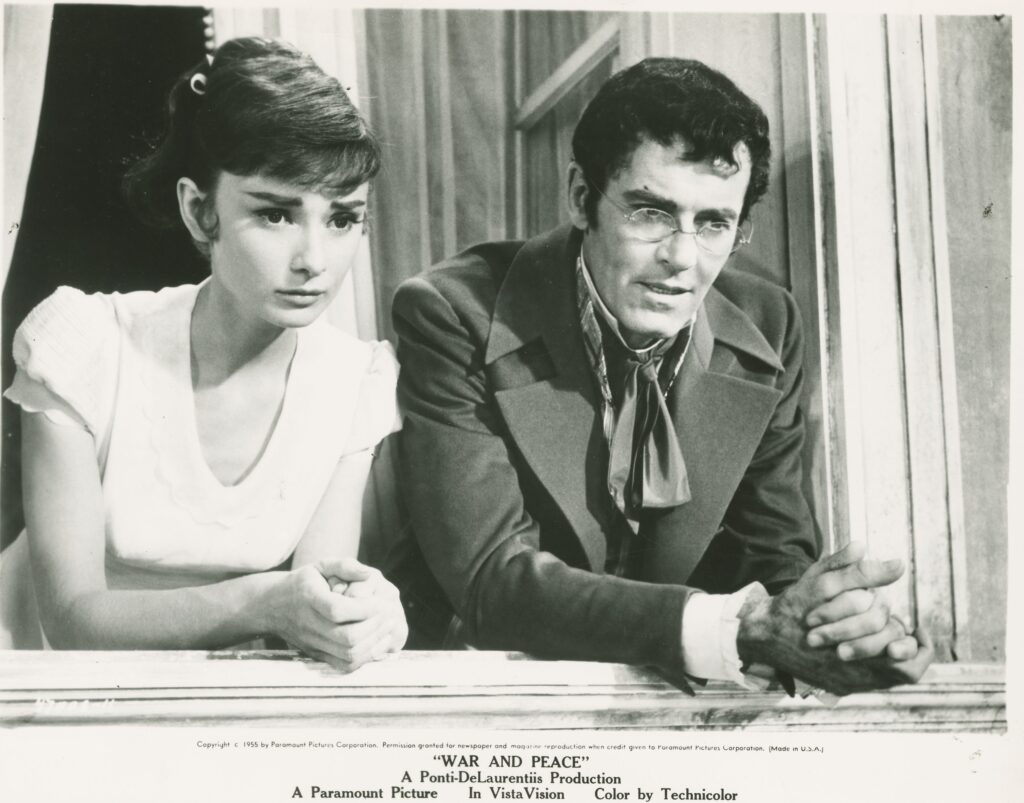
4. **The Princess of Roman Holiday – A Star’s Innocent, Regal Debut**Audrey Hepburn’s meteoric rise to stardom was irrevocably launched by her first starring role as Princess Ann in the 1953 romantic comedy *Roman Holiday*. This film not only introduced her unique blend of charm, innocence, and talent to the world but also solidified an initial on-screen persona that would define her early iconic style. Director William Wyler was so captivated by her screen test, which he described as possessing “charm, innocence, and talent… She was absolutely enchanting,” that he cast her over the initially preferred Elizabeth Taylor.
In her portrayal of Princess Ann, a European royal escaping the confines of her duties for a taste of freedom, Hepburn brilliantly showcased her multifaceted appeal. She was, as *The New York Times* critic A. H. Weiler observed, “a slender, elfin, and wistful beauty, alternately regal and childlike in her profound appreciation of newly-found, simple pleasures and love.” This delicate balance of royal bearing and relatable vulnerability captivated audiences, earning her an Academy Award for Best Actress, a BAFTA Award for Best British Actress in a Leading Role, and a Golden Globe Award for Best Actress in a Motion Picture – Drama, all for a single performance.
*Roman Holiday* established Hepburn as a new kind of Hollywood star—one whose elegance was understated, whose beauty was unconventional, and whose acting was imbued with a natural grace. Her on-screen style in the film, characterized by simple yet chic garments that allowed her natural beauty and expressive movements to shine, became instantly recognizable. This role was not just a successful debut; it was the genesis of her timeless image, proving that true star power lay in an authentic, captivating presence rather than overt glamour, setting the stage for her enduring legacy as a style icon.
Read more about: Audrey Hepburn: Beyond the Icon — A Deep Dive into Her Life, Legacy, and Unforgettable Impact on Film and Humanity
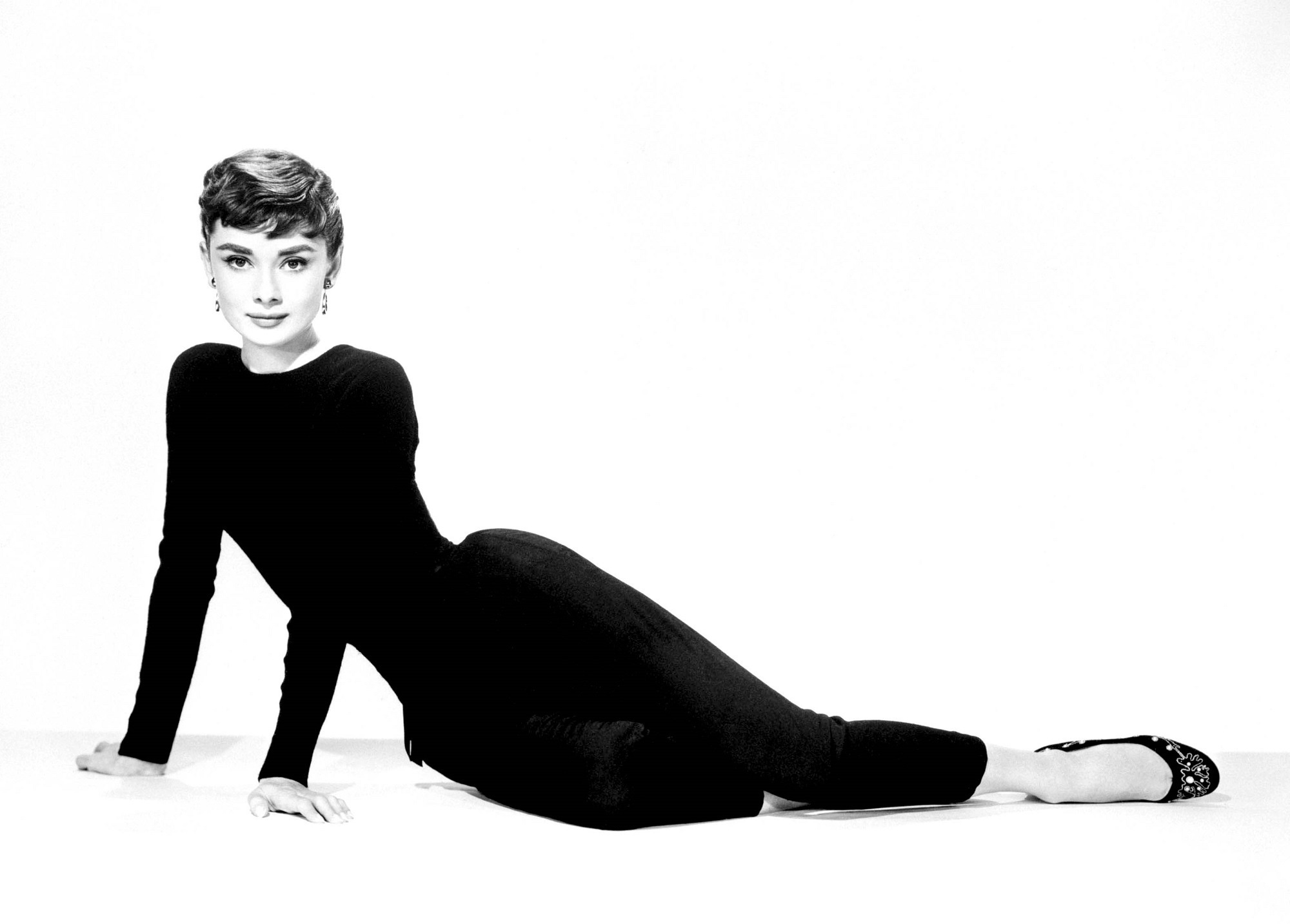
5. **Sabrina’s Transformation – The Narrative Power of Fashion in Film**Following the triumph of *Roman Holiday*, Audrey Hepburn further cemented her status as a burgeoning style icon with her starring role in Billy Wilder’s 1954 romantic comedy, *Sabrina*. In this enchanting Cinderella story, Hepburn played the innocent daughter of a chauffeur who undergoes a remarkable transformation from a simple, unworldly girl into a sophisticated woman, captivating the hearts of two wealthy brothers. This narrative arc provided a perfect canvas for Hepburn to demonstrate the transformative power of fashion, an element that would become intrinsically linked to her evolving style persona.
Her portrayal of Sabrina was lauded for its depth and luminosity. Bosley Crowther of *The New York Times* praised her as “a young lady of extraordinary range of sensitive and moving expressions within such a frail and slender frame. She is even more luminous as the daughter and pet of the servants’ hall than she was as a princess last year, and no more than that can be said.” This critical acclaim, coupled with her BAFTA Award for Best Actress in a Leading Role and an Academy Award nomination, underscored her growing prowess as an actress capable of conveying complex character development through subtle changes in demeanor and, significantly, attire.
The film became a showcase for her growing fashion influence, though the context doesn’t explicitly name designers for this film, the narrative of transformation through style was paramount. Sabrina’s journey from humble beginnings to Parisian chic mirrored Hepburn’s own ascent as a fashion muse. The film skillfully utilized clothing to tell a story, demonstrating how style could be an essential tool for self-discovery and empowerment. This role solidified her image as a symbol of chic sophistication, influencing how audiences perceived elegance and making her a figure whose fashion choices were eagerly anticipated, thus proving that her style was a dynamic, evolving entity, deeply integrated into the narratives she brought to life.
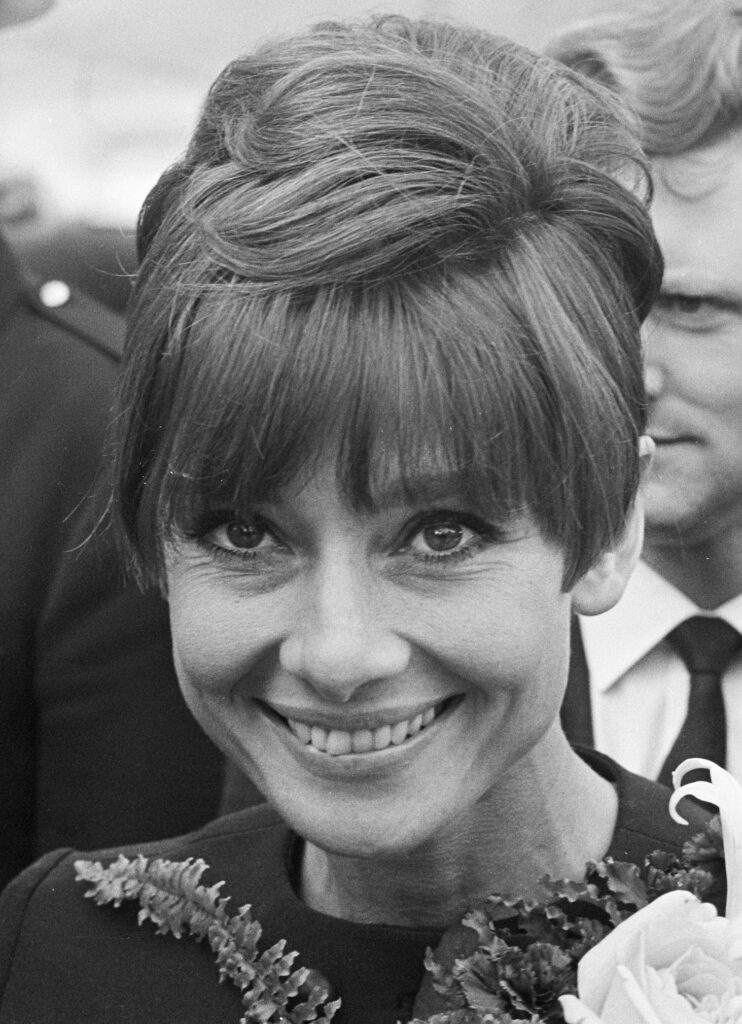
6. **The ‘Funny Face’ of Fashion – Her Musical Panache**Beyond her dramatic and comedic prowess, Audrey Hepburn dazzled audiences with her musical talents, particularly in the 1957 film *Funny Face*. This vibrant production allowed her to fully embody her balletic background, showcasing her exquisite dancing abilities that had been a core part of her training since childhood. Playing Jo Stockton, a beatnik bookshop clerk discovered by a fashion photographer played by Fred Astaire, Hepburn underwent another remarkable on-screen transformation, transitioning from intellectual obscurity to high-fashion muse, all while performing her own vocal parts. It was a role that perfectly married her natural grace with the glamorous world of Parisian haute couture.
*Funny Face* was more than just a musical; it was a celebration of fashion, art, and the enchanting spirit of Paris. Hepburn’s portrayal was a masterclass in elegant movement, as she glided through scenes with an ethereal lightness, a direct testament to her early dance discipline. Her ability to sing her own parts, though perhaps not with the power of a professional vocalist, added an authentic, charming vulnerability to her character, further endearing her to a global audience. The film’s focus on fashion photography and the burgeoning modeling world underscored Hepburn’s growing influence as a style icon, with her elongated silhouette and expressive features proving perfectly suited for the camera’s discerning eye.
This role cemented her versatility, demonstrating that her elegance was not confined to sophisticated dialogue or subtle gestures but extended to dynamic physical expression. The film’s lavish visual style, combined with Hepburn’s inherent charm, created a memorable cinematic experience that showcased her as a multifaceted artist. Her journey as Jo, from bookworm to cover girl, became a defining moment in her career, illustrating how her innate grace could elevate any character and seamlessly integrate with the transformative power of fashion, making her an enduring symbol of chic sophistication.
Read more about: Totally Rad Reels: A BuzzFeed Journey Through the Best Movies of the ’80s

7. **Breakfast at Tiffany’s – The Quintessential Little Black Dress and Enduring Style Icon**Perhaps no single film cemented Audrey Hepburn’s status as the ultimate style icon more profoundly than Blake Edwards’s 1961 romantic comedy, *Breakfast at Tiffany’s*. In her portrayal of Holly Golightly, a whimsical and enigmatic New York socialite, Hepburn created a character that remains one of the best-known in American cinema and a defining role of her career. The film’s opening scene, featuring Holly stepping out of a yellow cab onto Fifth Avenue in a sleek black gown, pearls, and oversized sunglasses, instantly became an indelible image, forever linking Hepburn with an aesthetic of timeless, sophisticated glamour.
This iconic ensemble, particularly “the dress she wears during the opening credits,” has transcended mere costume to become “an icon of the 20th century, and perhaps the most famous ‘little black dress’ of all time.” It epitomized an understated yet powerful elegance, a philosophy of dressing that eschewed ostentation for impeccable tailoring and refined simplicity. While Truman Capote, the novella’s author, preferred Marilyn Monroe for the role, he ultimately acknowledged that Hepburn “did a terrific job,” capturing the nuanced vulnerability and effervescent spirit of Holly with unparalleled charm. Hepburn herself noted that playing the “extroverted girl” was “the hardest thing I ever did,” yet she made it appear effortlessly natural.
*Breakfast at Tiffany’s* elevated Hepburn beyond a mere actress; it transformed her into a global fashion phenomenon. Her distinctive look—the chic updo, the oversized sunglasses, the pearls, and above all, the little black dress—became a blueprint for modern elegance. This film didn’t just showcase her style; it codified it, influencing generations of women and solidifying her legacy as a sartorial visionary. The character of Holly Golightly, brought to life by Hepburn’s unique blend of sophistication and innocence, remains a cultural touchstone, proving that true style is not about following trends but about embodying a unique and unforgettable aesthetic.
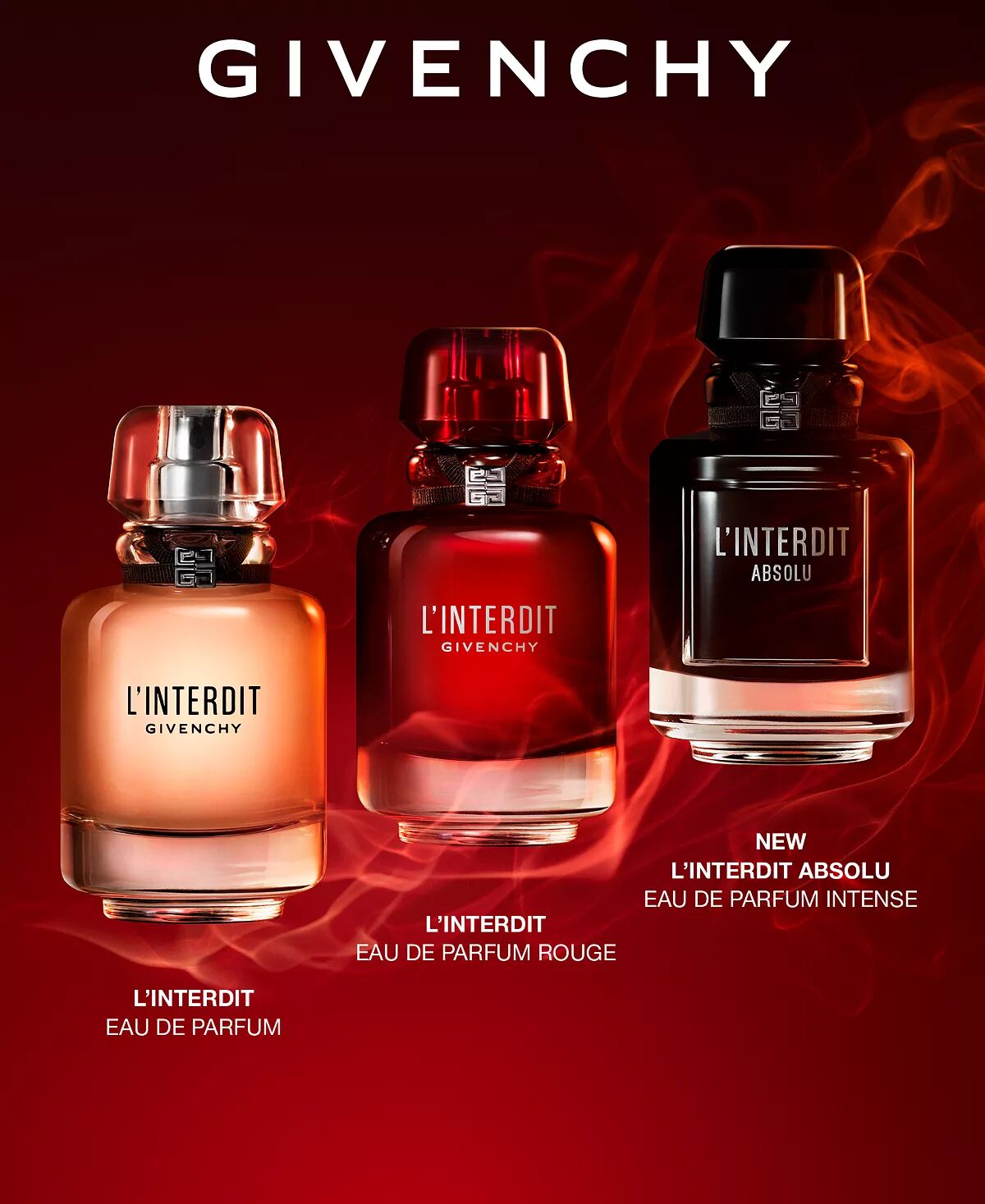
8. **Givenchy – The Sartorial Symbiosis of Muse and Maestro**Audrey Hepburn’s personal style and cinematic wardrobe were inextricably linked with the visionary designs of Hubert de Givenchy, marking one of fashion’s most iconic and enduring collaborations. Their professional relationship blossomed into a profound friendship, with Givenchy becoming her “long-time designer” and crafting many of her most memorable on-screen and off-screen ensembles. This symbiosis between muse and maestro created a distinctive aesthetic that defined an era of elegance and continues to inspire fashion to this day.
Their collaboration was particularly evident in films such as *Charade* (1963), where Hepburn’s character, Regina Lampert, was adorned in a “comforting assortment of expensive Givenchy costumes.” These outfits were not merely clothes but integral elements of her character, conveying sophistication and a chic modernity even amidst a thrilling narrative. Furthermore, in *Paris When It Sizzles* (1964), the film’s production acknowledged their close working relationship by giving Hubert de Givenchy a specific credit for her perfume, a testament to how deeply his influence permeated every aspect of her presentation, not just the gowns themselves.
The essence of their partnership lay in Givenchy’s ability to understand and amplify Hepburn’s innate elegance. He created silhouettes that celebrated her slender frame, emphasizing clean lines, understated luxury, and a refined simplicity that became her signature. This wasn’t about flashy glamour but about exquisite craftsmanship and timeless design. Their collaborative genius meant that Hepburn didn’t just wear beautiful clothes; she inhabited them, bringing them to life with her unique grace and poise, solidifying their shared legacy as pioneers of enduring style. Their work together transcended mere fashion, becoming an artistic dialogue that continues to resonate.
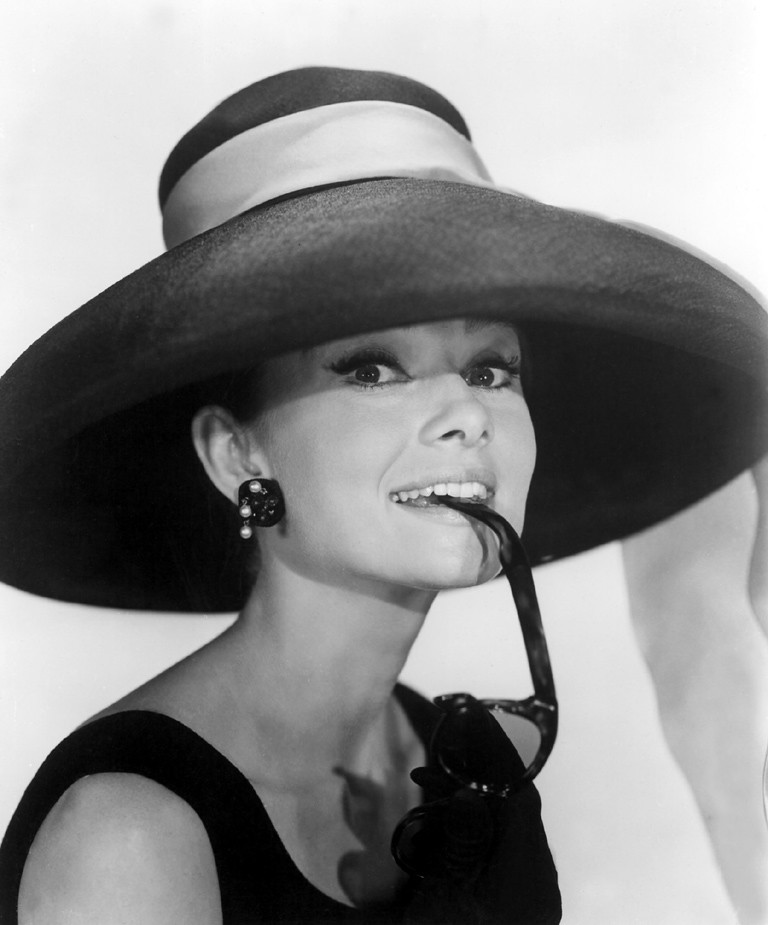
9. **A Spectrum of Roles – The Thespian Who Transcended Genre**Audrey Hepburn’s status as a multifaceted style icon was not solely a product of her fashion choices but was profoundly amplified by her remarkable versatility as an actress, allowing her to transcend genre limitations and inhabit a diverse range of characters. While often celebrated for her roles in romantic comedies, Hepburn fearlessly tackled emotionally complex and challenging parts, proving her depth and range as a performer. This ability to adapt her persona to various narratives added layers to her iconic image, demonstrating that her elegance was both external and deeply internal, rooted in her profound acting talent.
In films like *The Nun’s Story* (1959), Hepburn delivered what many critics considered her “finest performance” as Sister Luke, a role for which she dedicated significant time and energy to research. This intense drama showcased her “extraordinary range of sensitive and moving expressions,” as noted by Bosley Crowther, moving beyond the ‘sophisticated child/woman’ archetype to embody a character grappling with faith and duty. Her performance earned her a second BAFTA Award and an Academy Award nomination, unequivocally affirming her dramatic capabilities and her commitment to challenging roles.
Her adventurous spirit extended to thrillers like *Wait Until Dark* (1967), where she played a terrorized blind woman, a physically and emotionally demanding role that earned her a fifth and final competitive Academy Award nomination. Even in historical epics like *War and Peace* (1956) or the musical *My Fair Lady* (1964)—despite the controversy over her singing voice—Hepburn brought a unique blend of grace, intelligence, and vulnerability. These diverse portrayals showcased her ability to fully immerse herself in varied worlds, demonstrating that her iconic style was intrinsically linked to a profound and versatile artistic spirit, making her a truly complete and enduring star.
Read more about: The Enduring Craft of Acting: A Comprehensive Look at Its History, Techniques, and Societal Evolution
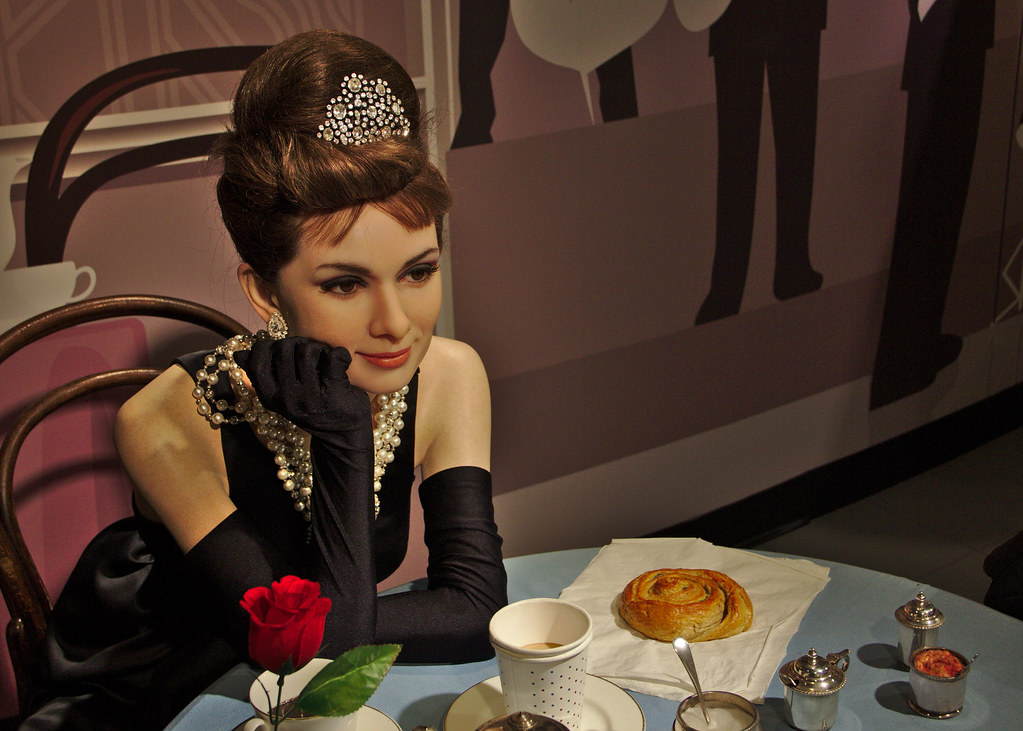
10. **Beyond the Glamour – Her Lifelong Legacy of Humanitarianism with UNICEF**While Audrey Hepburn captivated the world with her unparalleled style and cinematic grace, perhaps the most profound aspect of her legacy, and one that deeply informed her enduring appeal, was her unwavering dedication to humanitarian work. Her experiences during World War II, particularly the suffering she witnessed and endured during the Dutch famine, instilled in her a deep sense of empathy and a commitment to helping others. This quiet strength and compassion became an intrinsic part of her allure, adding a powerful dimension to her image far beyond mere glamour.
In 1989, Hepburn was appointed a Goodwill Ambassador of UNICEF, an organization to which she had contributed since 1954, narrating radio programs about children’s war stories. She stated her gratitude for receiving international aid as a child and her desire to give back. Between 1988 and 1992, she embarked on numerous demanding field missions, visiting some of the poorest communities in Africa, South America, and Asia—Ethiopia, Turkey, Venezuela, Ecuador, Honduras, El Salvador, Guatemala, Sudan, Bangladesh, Vietnam, and Somalia. These journeys were not for show; they were deeply personal and often harrowing, leaving her with a “broken heart” but an unyielding resolve.
Her powerful and articulate appeals to the United States Congress, describing the children building schools with UNICEF’s help, and her candid statements about the “man-made tragedies” she witnessed, resonated deeply with the public. John Isaac, a UN photographer, recalled her selfless interactions: “Often the kids would have flies all over them, but she would just go hug them… Children would just come up to hold her hand, touch her – she was like the Pied Piper.” This profound commitment to humanity earned her the US Presidential Medal of Freedom and the Jean Hersholt Humanitarian Award, cementing her legacy not just as a fashion icon, but as a global beacon of compassion and hope. Her later life transformed her into a symbol of true beauty—one that emanated from a generous spirit and a tireless devotion to making the world a better place.
Read more about: Beyond the Marquee: How 14 Unbeatable Icons Forged the Golden Age of Hollywood’s Enduring Legacy
Audrey Hepburn’s journey, from a ballet student enduring wartime hardship to a cinematic legend and tireless humanitarian, reveals that her style was never static, nor could it ever be confined to a single piece of jewelry. It was a fluid, evolving narrative—a reflection of her extraordinary life, her profound character, and her unyielding spirit. Her elegance was an intricate tapestry woven from grace, resilience, versatility, and an unwavering commitment to both artistry and humanity. It is this multifaceted, deeply authentic essence that truly defined Audrey Hepburn, ensuring her place not merely in fashion history, but in the hearts and minds of all who continue to be inspired by her luminous legacy.



